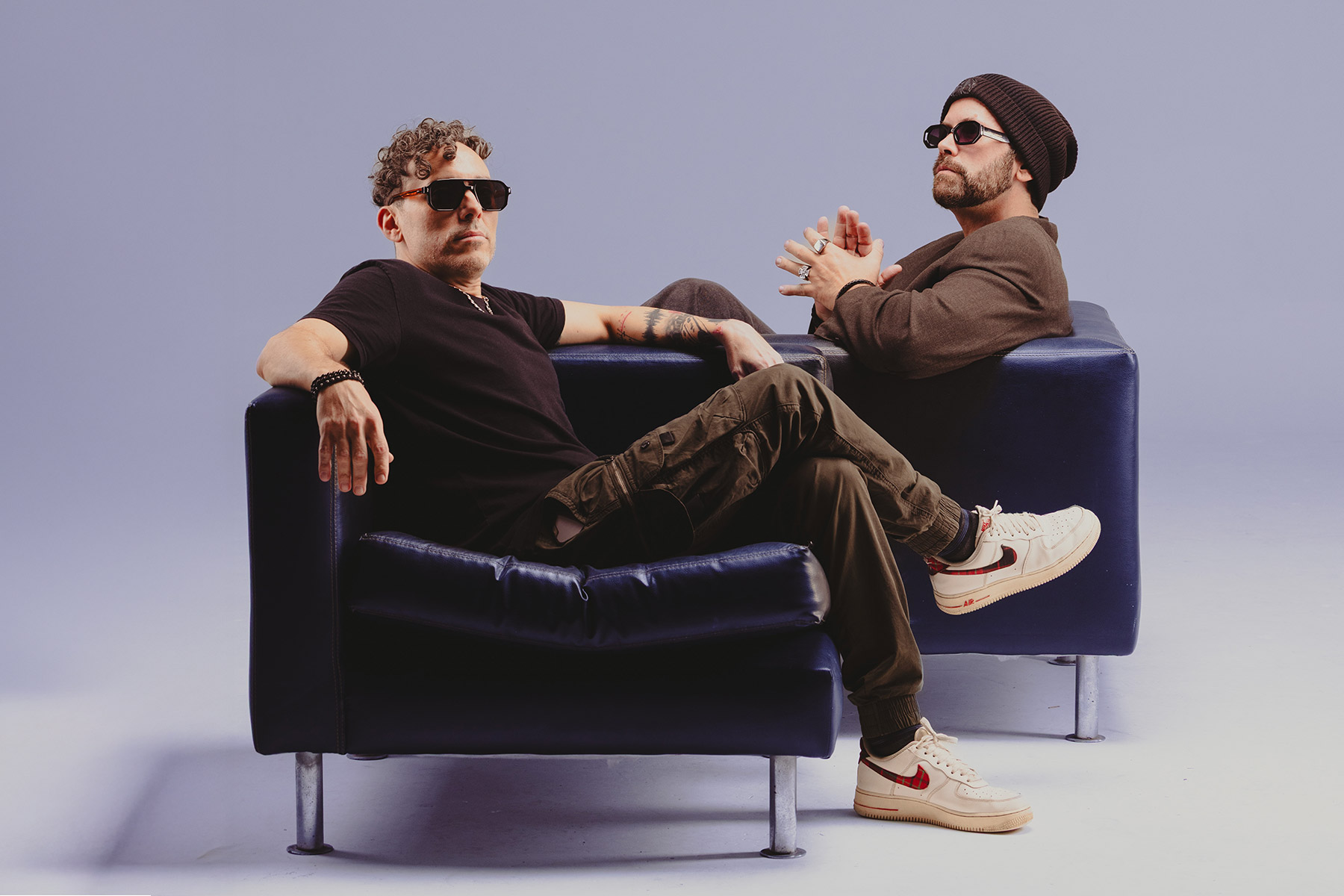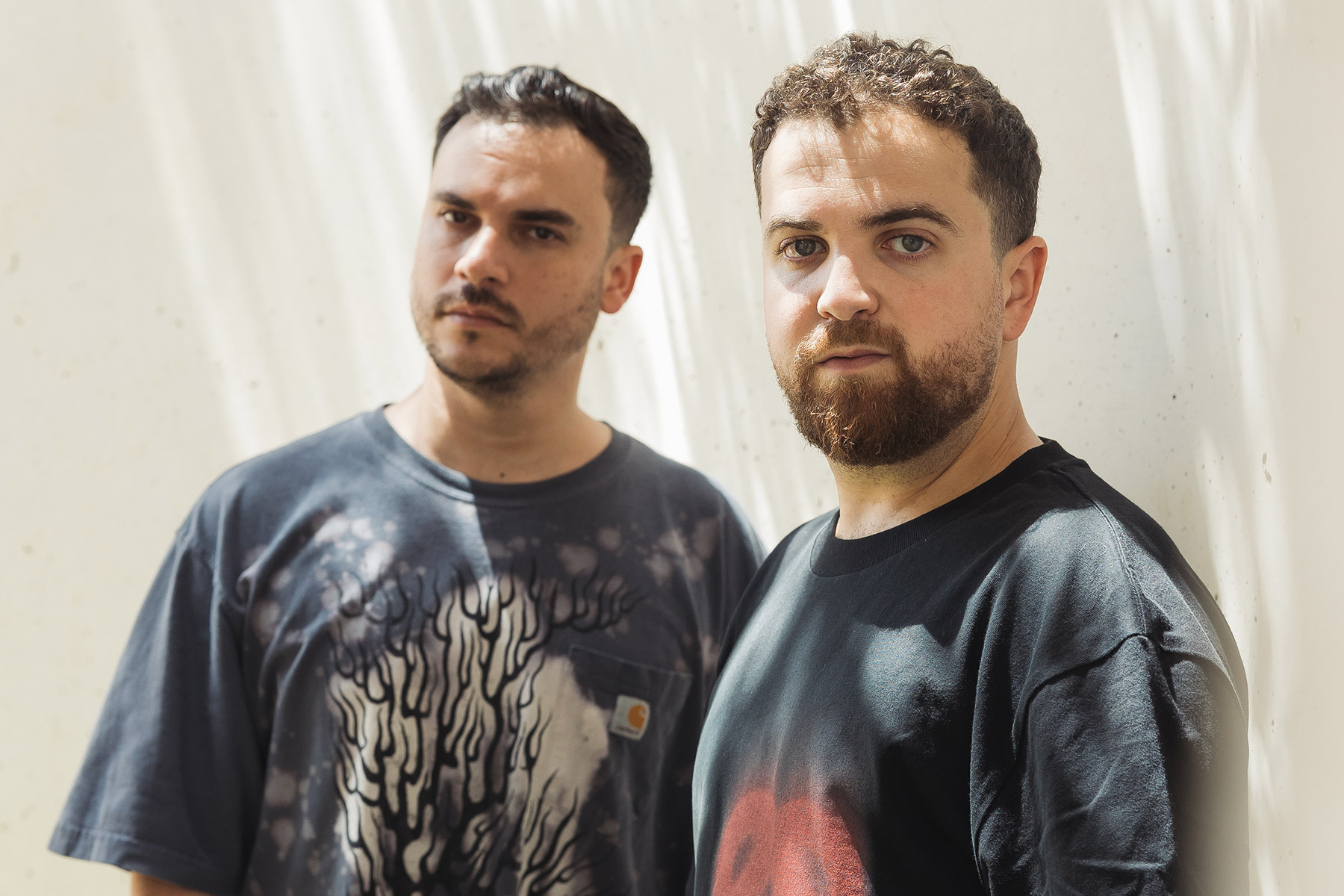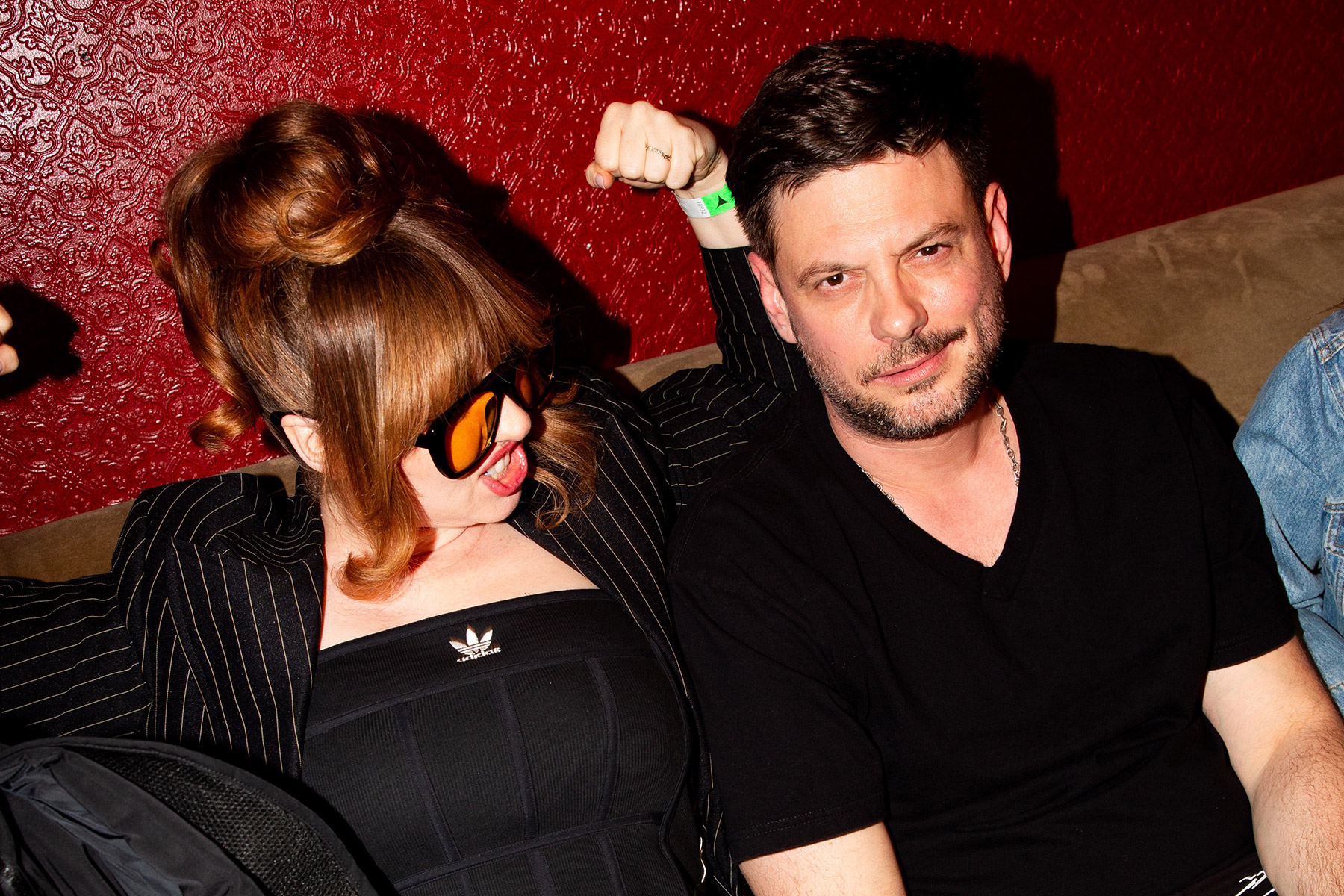London native Mike Gill was raised on a diet of house and garage throughout the infamous dance movement of the 90’s. As club culture and electronic sounds swept through the city on a wave of ecstasy, Mike absorbed his surroundings and developed his own unique style which he would soon share with the world with releases on Wolf + Lamb Records and Hot Waves label.
In-tune with the industry, Mike has developed a more purist house and techno sound over the years. With releases on Saint n Don’t and Tone Dropout, he’s seen success unfold on the dance floor, leading plays and support from artists such as Apollonia.
His union with Nick Gynn and Johnny Hunter lead to the birth of his new project, Superlux Records. This record label has established a reputation for quality over quantity in its year-long tenure. Launched in 2019, Superlux Records acts as a home for the underground side of electronic music, showcasing the raw and unrefined ends of house, techno, garage, breakbeat, and everything in between. Releasing on both vinyl and digital, the likes of Dawl, Taymor Zadeh and Subb-an have made their name on the imprint in recent times, a testament to the label founder’s vision to “curate a culture of music based on quality and longevity, whilst digging deep to discover artists who will stand the test of time with us.”
Mike Gill, Nick Gynn, and Johnny Hunter’s Superlux Records opens up its 2021 release schedule this February with a fourteen-track VA. ‘Superlux 004: Lost In The Future’ is the label’s first compilation release and sees a myriad of artists make their debut, including Voigtmann, Krywald & Farrer, and many more.
1. Visualise your track
Try to hum it, spend time thinking about the final result before you start, even if it’s just for a short while. I know a lot of people (including myself sometimes) who simply start with a beat then jump on the keys and build out a track that way with very little vision. Sometimes this can work, however, the most successes I’ve had have been with tracks that I have spent time thinking about the concept first.
2. Don’t be precious
Bob Dylan once said that he only kept one out of every five tracks he wrote. The same rule also applies to electronic music. This way, you are almost guaranteed to be writing the best possible material you can make. As much as it’s art, it’s also a science and a numbers game, the more tracks you write, the more great ideas you’ll be likely to have.
3. Test yourself
Put restrictions on the way you work, whether it might be time restrictions, or that you can only use a certain synth for the whole piece (including drums), this can make things very interesting and the latter restriction can really help you to get to know your studio better, and who knows what kind of ideas might come out of it. Restrictions make a creative process more interesting and sometimes easier due to a lack of options. In the early days, I would make music using a virtual step sequencer (Called PTVAS) with no synths and 16 audio channels. Every drum / bass / effect was sampled. I really made some of my most original stuff this way, and super quickly. Fruityloops is also still really good for this!
4. Make proper use of your shorter sessions
If, for example, you are working in the evening, it may be a wiser use of time to do some prep for a track rather than getting stuck into a full session. Prepare your environment, shop for samples, choose your synths / FX and build your drum racks, then when you have time for a longer session, you can hit the ground running.
Alternatively, try to write a song an hour; visualize, execute, then move on to the next. Then in your next long session, re-open them and see if any ideas jump out, highly likely this will help you get started.
5. Build then refine
If you can, layer then layer and layer some more, build as many parts that go together as possible, then refine. This is almost like a sculptural method, or something similar to drawing a picture; build then rub out then build and continue the process. The reason why it’s good to have more than enough parts is that when you are arranging, you can exclusively arrange and you don’t necessarily have to find new parts which can disrupt your flow. However, if you get to a breakdown (for example) and you’re missing a part then feel free to leave it empty and come back to it if you feel like your arrangement flow is going well.
Bonus point:
6. Imitate
If there’s a track that has a texture or something that really blows your mind, try to recreate it. This is an exercise that I used to find my early style. Break the track down and really listen, what are the elements and how can you recreate them, you may well find that in the process you accidentally write something totally different (but just as amazing), that echoes the spirit of the track you are trying to recreate.
‘Superlux 004: Lost In The Future VA’ is now available via Superlux Records. Grab your copy here.
Follow Mike Gill: Facebook | Soundcloud | Spotify








